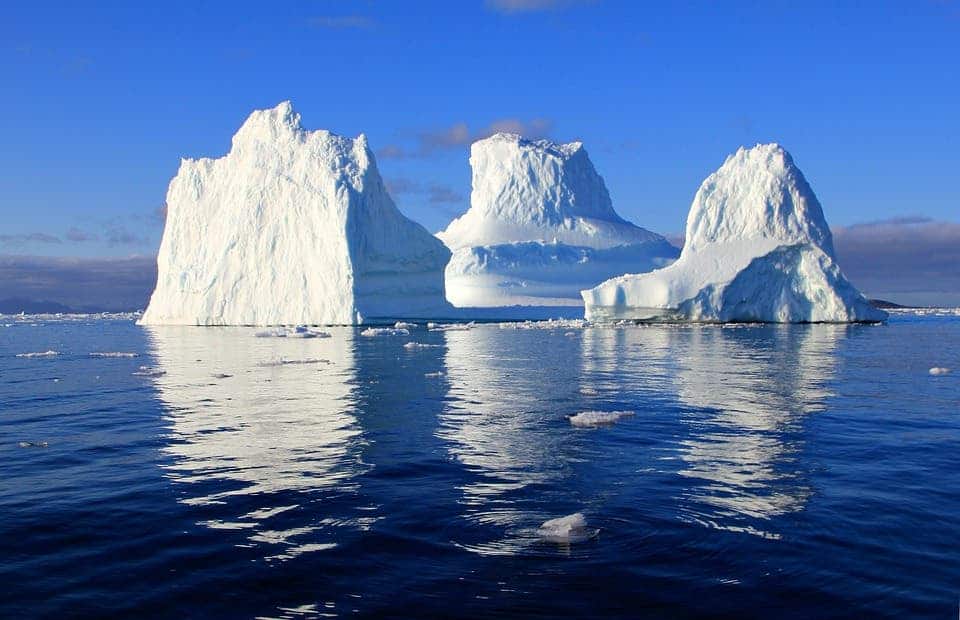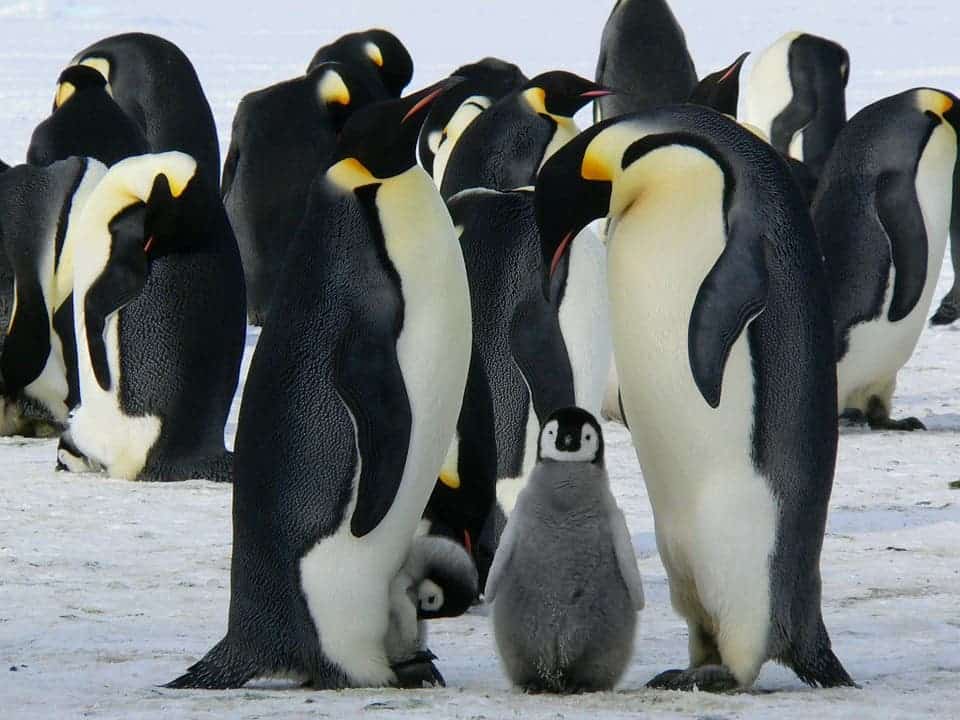Climate change is impacting the Arctic far quicker than we’ve assumed, an international team of researchers reports. Other research looking into how Arctic life fared after the meteorite impact that wiped out the dinosaurs gives us a glimpse into how ecosystems in the area might evolve under climate change.

Ecosystems in the Arctic undergo rapid, dramatic, and long-lasting changes in response to climate shifts — even those of average magnitude, according to a new study published in Environmental Research Letters. The study, conducted by an international research team led by members from the University of Maine, finds a “surprisingly tight coupling” between climate shifts and environmental responses in the Arctic. The paper thus overturns previous assumptions that environmental responses are delayed or dampened by internal ecosystem dynamics, allowing only significant climate shifts to have an effect on local ecosystems.
The heat is on
“Our analyses reveal rapid environmental responses to nonlinear climate shifts, underscoring the highly responsive nature of Arctic ecosystems to abrupt transitions,” the study’s abstract reads.
After 1994, mean air temperatures over West Greenland (as recorded in June) were 2.2°C higher than baseline, the team reports, and have increased by an additional 1.1°C since 2006. Mean winter precipitation also doubled in quantity (from 20mm to 40mm) over the area after 1994.
The findings come from over 40 years’ worth of weather data and paleoecological reconstructions. The team explains that these “abrupt climate shifts” were accompanied by “nearly synchronous” environmental responses in the area, including increased ice sheet discharge and dust, and advanced plant phenology (i.e. earlier onset of the life cycles of plants in the area). Lakes in the area experienced earlier ice-outs and greater diversity of algae.
In light of these findings, the team cautions that Arctic ecosystems are much more responsive to abrupt transitions — even moderate magnitude ones — than assumed. The strength of climate forcing (i.e. warming) in the area has also been underestimated, they add. Understanding how these ecosystems respond to abrupt climate change is key to predicting their evolution in the future and managing potentially damaging shifts says Jasmine Saros, the paper’s lead author.
“We present evidence that climate shifts of even moderate magnitude can rapidly force strong, pervasive environmental changes across a high-latitude system,” she says.
“Prior research on ecological response to abrupt climate change suggested delayed or dampened ecosystem responses. In the Arctic, however, we found that nonlinear environmental responses occurred with or shortly after documented climate shifts in 1994 and 2006.”
How does this pan out?

Image credits Siggy Nowak.
Another unrelated study published in the journal Palaeontology looked at how life on the other end of the planet — Antarctica — recovered after the impact of Chicxulub, the dinosaur-killing meteorite. This impact triggered a massive, planet-wide extinction event known as the Cretaceous-Paleogene (K-Pg) mass extinction some 66 million years ago.
Although the effects of this impact (e.g. transient cooling, global darkness, and expansion of anoxic waters) were “probably short-lived, […] biogeochemical cycling and ecosystem function remained disturbed for an extended period”. It took local marine ecosystems roughly one million years to return to pre-extinction levels, they explain.
The K-Pg event was caused by the impact of a 10 km asteroid on the Yucatán Peninsula, Mexico, and took place while our planet was already in the throes of environmental instability caused by a major volcanic episode. In the end, Chicxulub’s visit would wipe out around 60% of the marine species around Antarctica, and 75% of species around the world. This turned out to be quite a fortunate development for us humans, as the impact fundamentally changed the evolutionary history of life on Earth. Most of the animal groups you know today, including us mammals, were only able to rise as a direct consequence of this impact.
“This study gives us further evidence of how rapid environmental change can affect the evolution of life,” says Dr. Rowan Whittle, a palaeontologist at British Antarctic Survey and the study’s lead author.
“Our results show a clear link in the timing of animal recovery and the recovery of Earth systems.”
For over 320,000 years after the extinction, the team reports, the Antarctic sea floor was dominated by burrowing clams and snails. It took roughly one million years for the number of species to recover to pre-extinction levels.
“Our discovery shows the effects of the K-Pg extinction were truly global, and that even Antarctic ecosystems, where animals were adapted to environmental changes at high latitudes like seasonal changes in light and food supply, were affected for hundreds of thousands of years after the extinction event.”
Now, needless to say, the K-Pg extinction event was way more abrupt and dramatic than the shifts we’re causing in the Earth’s climate today. And this study focuses on its effects in Antarctica, not the Arctic. However, it does serve as an adequate case-study to see how long such ecosystems need to recover from major environmental shocks.
And climate change (plus human activity) is a major environmental shock. It’s much slower than an asteroid impact, sure, but it’s still happening unbelievably fast from a geological and evolutionary point of view. The first study we’ve discussed here shows that Arctic ecosystems do feel the heat, and feel it fast. Life here is very specialized to thrive in its frigid niche and if we let these ecosystems collapse, the same ancient dynamics that Whittle’s team found in the Antarctic will likely apply — our Arctic will only recover as the Earth’s systems recover.
The paper “Arctic climate shifts drive rapid ecosystem responses across the West Greenland landscape” has been published in the journal Environmental Research Letters.
The paper “Nature and timing of biotic recovery in Antarctic benthic marine ecosystems following the Cretaceous–Palaeogene mass extinction” has been published in the journal Palaeontology.


